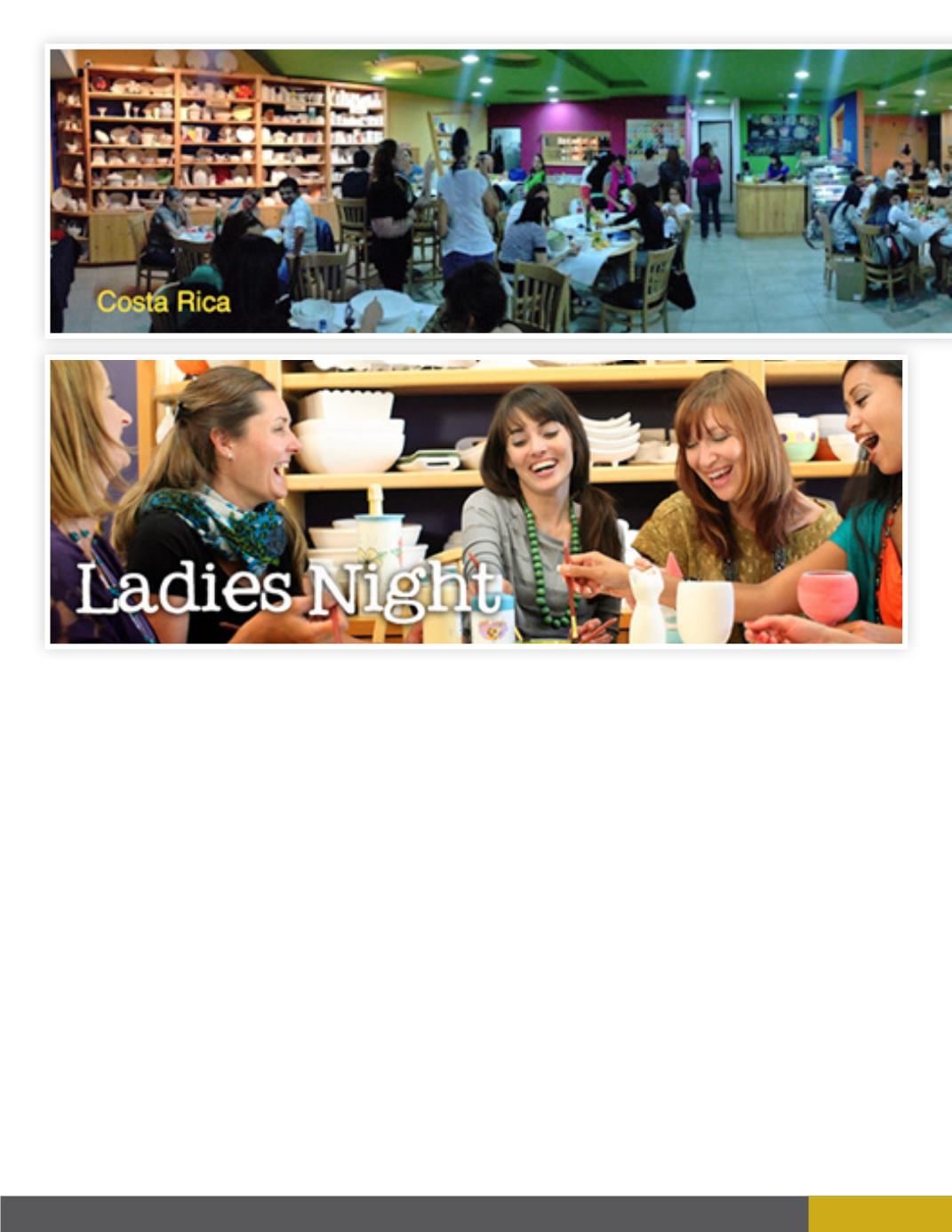
92 Business View - December 2015
Ceramic making became hugely popular in the United
States during the early years of the 20th century, as suc-
cessive waves of immigrant artisans brought their ceramic
making skills to these shores. According to Mooslin, over
the first half of the century, there were tens of thousands
of traditional ceramic studios throughout the country
where people would get to together for classes and work-
shops. Many people, including his own grandparents, had
kilns in their garages. “In the fifties and sixties, it became
somewhat of a fad with people forming clubs,” he adds.
How the traditional ceramic studio evolved into a more
contemporary concept is largely due to Robin Monroe and
Josh Culver, a married couple who wanted to make their
own ceramic wall sconces for their home. Mooslin picks
up the story: “They went to one of these traditional stu-
dios and made them from scratch. They found it a little
bit daunting; it took some talent to do. But when they got
to the bisque stage, when all they had to do was decorate
them with under glazes, it was so much fun and no matter
what they did it came out looking beautiful. So they said
‘Wouldn’t it be great to have a business for families that
didn’t require any talent, where we would supply them all
of the blank bisque? They could pick whatever piece they
want from figurines to dishes, to children’s items to house
ware items, and they could paint it any way they want.
We’d fire it and they’d come back and pick it up.’ And that
was the birth of the contemporary ceramics studio as op-
posed to the traditional ceramics studio,” says Mooslin. By
1990, there were only a couple of thousand of traditional
studios left in the United States, while the contemporary
studio concept started by Color Me Mine began gaining in
popularity.
FRANCHISE


